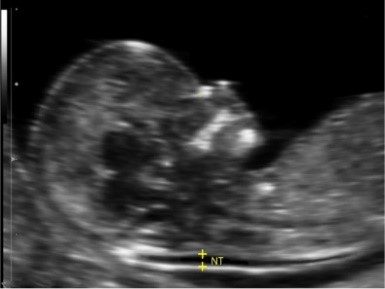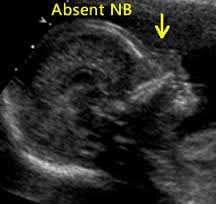DOWN SYNDROME OSCAR TEST
Majority of babies are normal. However all expectant mothers have a small risk (2%) of delivering a baby with a physical and/or mental disability. This may be due to a genetic or structural abnormality in the baby. The most common genetic syndrome is Down Syndrome.
Down Syndrome (DS) occurs in 1 out of 1000 babies born. It causes learning difficulties and multiple medical problems.
Many couples opt to be tested for DS to help them prepare psychologically or reach a decision on how to continue with the pregnancy. Some couples may choose not to be tested for DS if they are willing to accept the risk.
An invasive diagnostic test is the only way to confirm DS. However, such a test is associated with a risk of miscarriage (0-5- 1%).
Contemporary Down Syndrom Screening Important Facts
- Mother’s age. The risk of having a child with DS increases with the mother’s age (see Figure 1).
- Maternal serum screening where the results of a hormonal blood test done between 15 – 20 weeks of pregnancy to estimate DS risk.
- The 18 – 20 weeks scan where the physical abnormalities can be used to help predict.

OSCAR Ultrasound Screening Test for Down Syndrome
OSCAR screening increases the detection rate of DS while minimising invasive testing. It includes an ultrasound scan between 11-13 weeks.
The ultrasound scan entails a careful examination of the nuchal translucency (neck thickness) (see Figure 2). The nasal bone (see Figure 3) will also be evaluated.



- For older mothers, such tests may show low risk results (i.e. < 1:1000). These results may offer reassurance enough for most parents to avoid an invasive procedure such as amniocentesis or chorionic villus sampling.
- For younger mothers, most of the tests would show low risk results and thus offer further reassurance. In instances where the tests show high risk (i.e. ≥ 1:300), we will discuss with the couples to opt for either invasive procedure or non-invasive prenatal test (NIPT).
- Most of the “high risk” results (i.e. ≥ 1:300) would show normal chromosomes of the baby when amniocentesis or chorionic villus sampling is done.
In women with borderline risks from 1 in 300 to 1 in 1000, non-invasive prenatal test (NIPT) can be offered to evaluate the risk.
